The Road to Measuring Brand Awareness
In the modern world, establishing one’s digital presence is one of the most followed marketing strategies. Setting a success meter and gauging marketing ROI by trying to measure brand awareness might seem a waste of time to some. But measuring brand awareness is not about counting one’s total number of likes and shares. It’s the measure of a consumer’s ability to recall your brand and their awareness of your core products or services, which empowers your brand image.
Spreading brand awareness is key. A consumer who isn’t aware of your product will not know where to find you even when they are willing to buy a product like yours. Companies spend fortunes to push their brand into the public arena. Sponsorships, personal events, logos, and slogans are all an effort to make their brand’s image stand sharp. Companies like Coca Cola which spends over $3.3 billion globally on advertising, to Starbucks with their regular online events like “Tweet a coffee”, every company adopts a well-planned strategy to promote their brand’s name.
Brand Awareness to Business Revenue – The ROI Story
Managers often try to relate their marketing budgets to the ROI. The catch here is that there is no direct way to measure how brand awareness increases the number of sales. However, a simple common sense approach is enough to see the connection. The more people know about your brand, the more people try it out, which would translate to an increase in sales. Also, good service makes your customers trust you, increase their loyalty to your brand, and spread positive reviews leading to more sales.
Companies which invest in sponsorship do so, with the aim to make their viewers and audience aware of their product and its utility. This is very useful when these people actually decide that they need it or want it, as they will recall the brand and its product without any effort.
Ways to measure Brand Awareness
Brand Mentions
Everyone today is using social media and can be found online for the major part of a day. As an inevitable outcome of this, online reviews are more frequent. Social listening for your brand mentions is a brilliant place to start tracking your brand’s online reputation. Any chatter related to your brand gives you an insight into customer perceptions. While positive reviews build your name and reputation, the negative chatter around your brand alerts you to things that are not going well or may actually be going wrong. Social media listening offers a complete package of tools for you to measure brand awareness.
You may listen for your brand mentions or your brand phrase/slogan or even a hashtag you advertised during an event or promotion. Keyword-based listening too can give you insights into your business, your customers and their perceptions.
Brand Reach using Content
There are marketing tools which help you track how well your online content is performing. They track the URL to give you a real count of your social media reach. Metrics like shares, retweets, engagement, clicks, likes, and comments are meticulously recorded. Some social listening tools have an in-built feature to record this along with overall sentiment analysis.
Success in today’s business world is predicated on your ability to adopt technology to support your business operations and strategic plans. It’s high time you added a social listening tool to your list of must-have technologies.
Website Traffic and Direct Feedback
Knowing which sources drive in the maximum traffic to your site is yet another way to measure how well your brand is doing. Listening tools or even Google Analytics helps you see where your traffic is coming in from. Increased organic traffic or clicks from social media is a positive sign. If you are lacking in these, you can dig in and strategize to improve your social engagement.
Finally, you may also invest in social media reports to give you a better idea about your branding. Reports generally present segment wise data – the demography that most relates with your content or the geographical location responding positively to your service. First-hand reviews via social media listening is a great and inexpensive way to measure brand awareness.




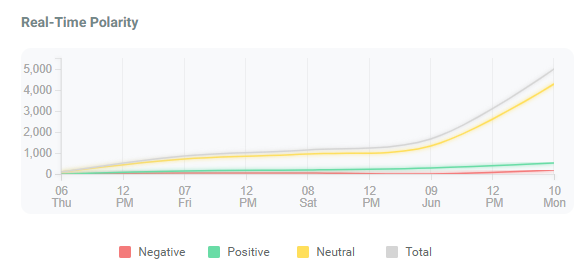

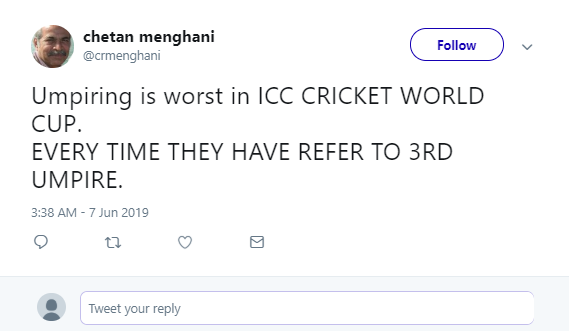

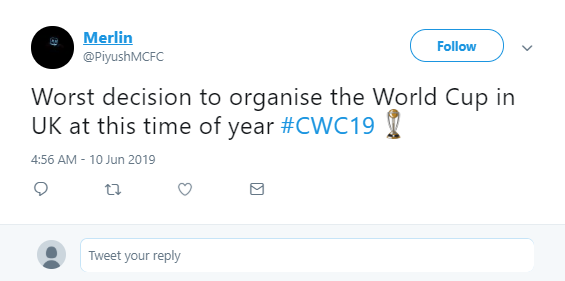
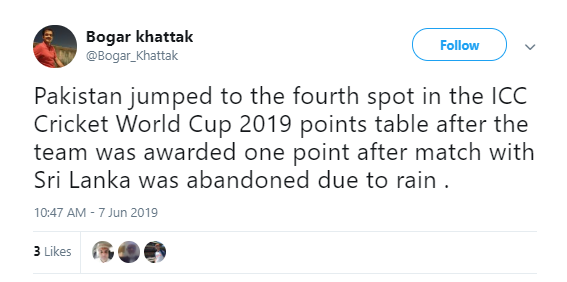
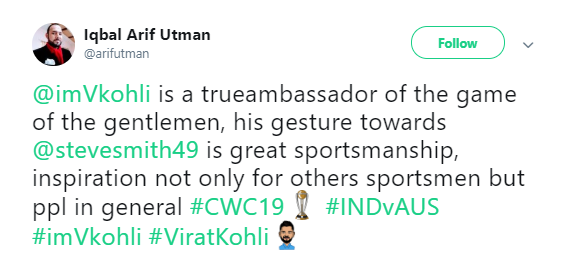
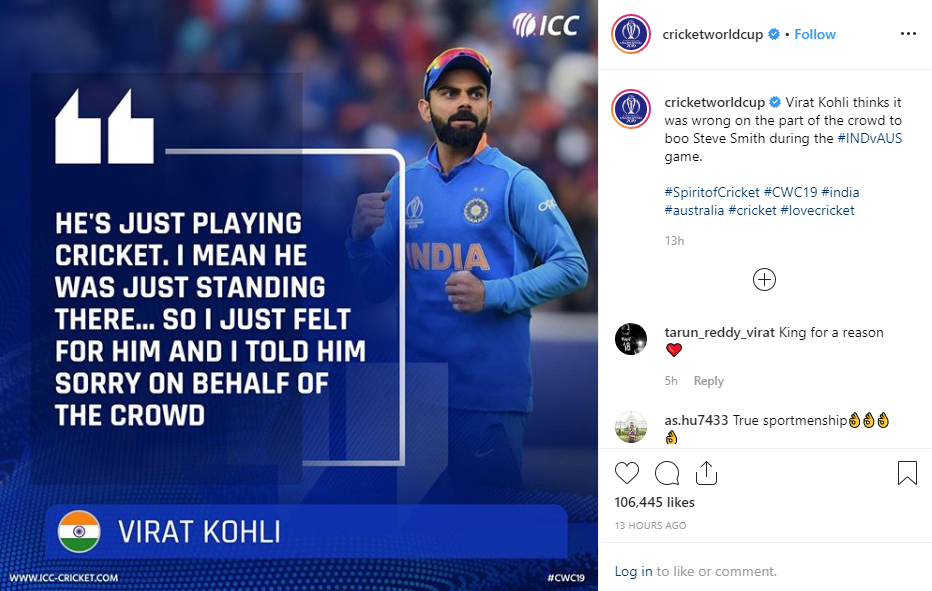
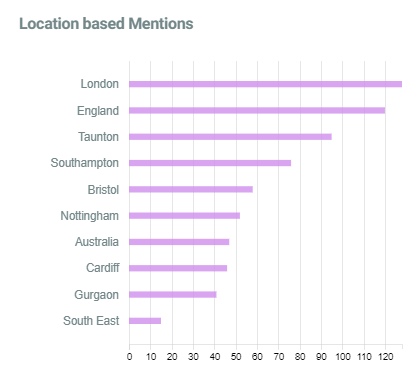

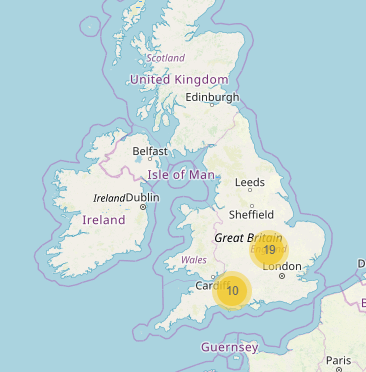

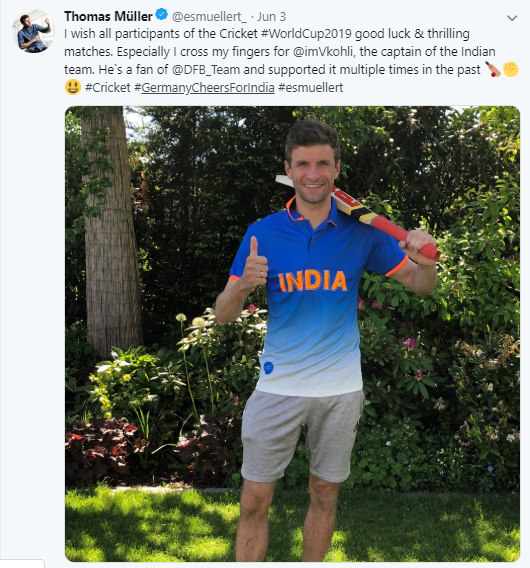
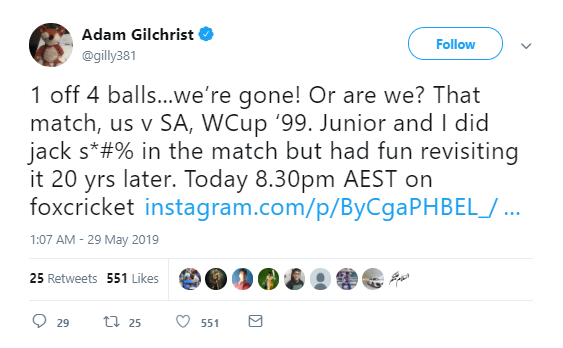

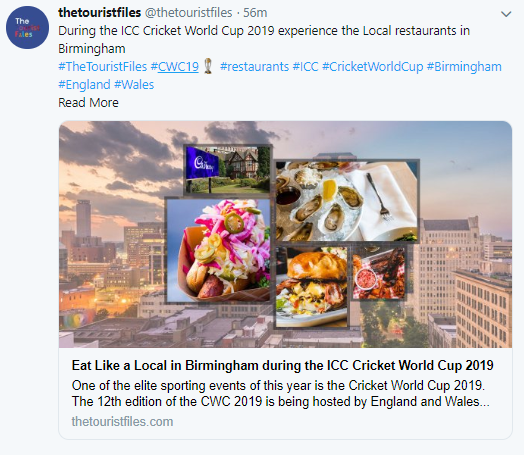
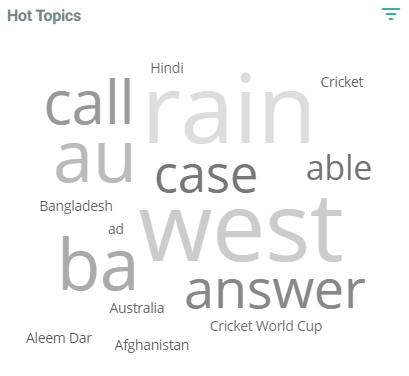
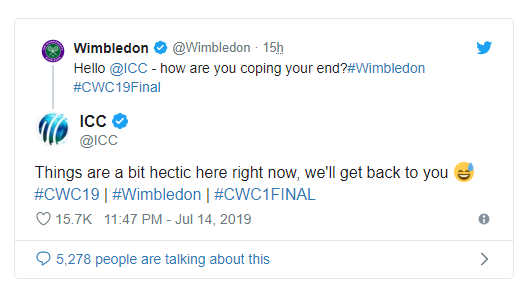
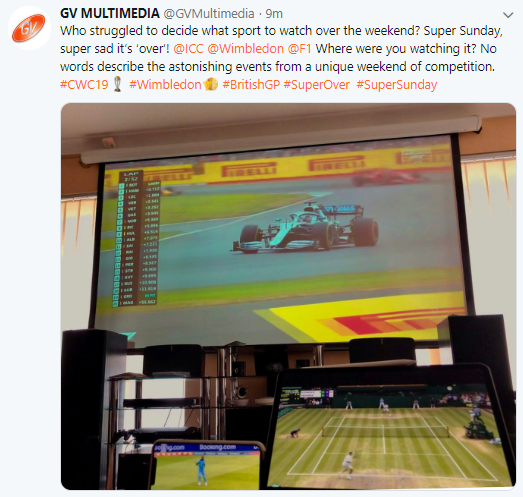

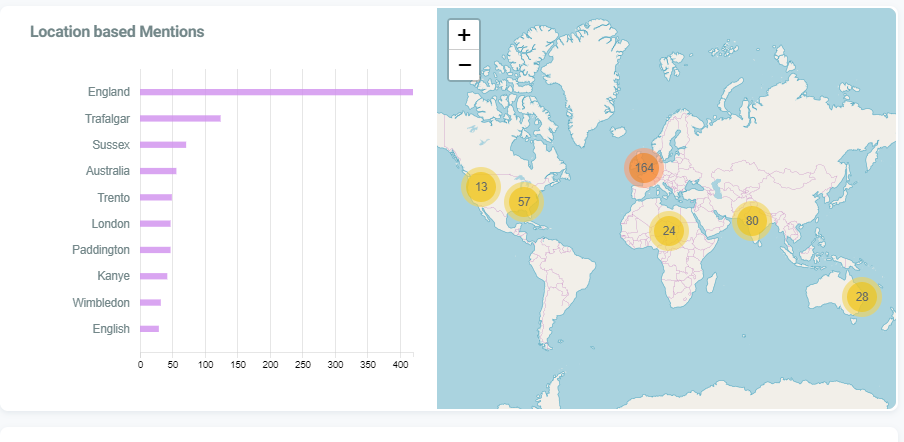



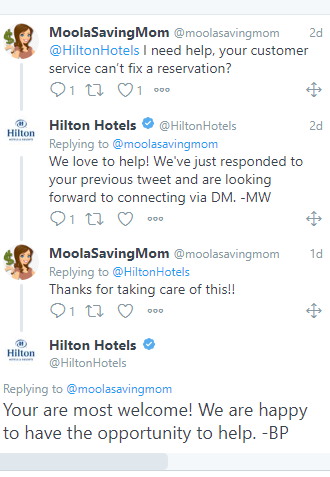 On an average, Hilton hotels receive over 1.5 thousand tweets every day and needless to say, Hilton does monitor these mentions assiduously. Hilton tweets/responds to an average of 3.3 posts in an hour. There is a response team (guest service center) collaborating with the call center team. Hilton monitors all the social media handles for its brand as well as hotels. The effort is visible in the constant engagement threads over twitter and other sites.
On an average, Hilton hotels receive over 1.5 thousand tweets every day and needless to say, Hilton does monitor these mentions assiduously. Hilton tweets/responds to an average of 3.3 posts in an hour. There is a response team (guest service center) collaborating with the call center team. Hilton monitors all the social media handles for its brand as well as hotels. The effort is visible in the constant engagement threads over twitter and other sites. The analysis of the existent
The analysis of the existent 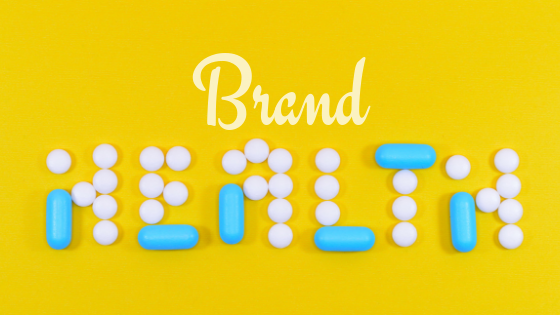
 Plan Before You Post
Plan Before You Post






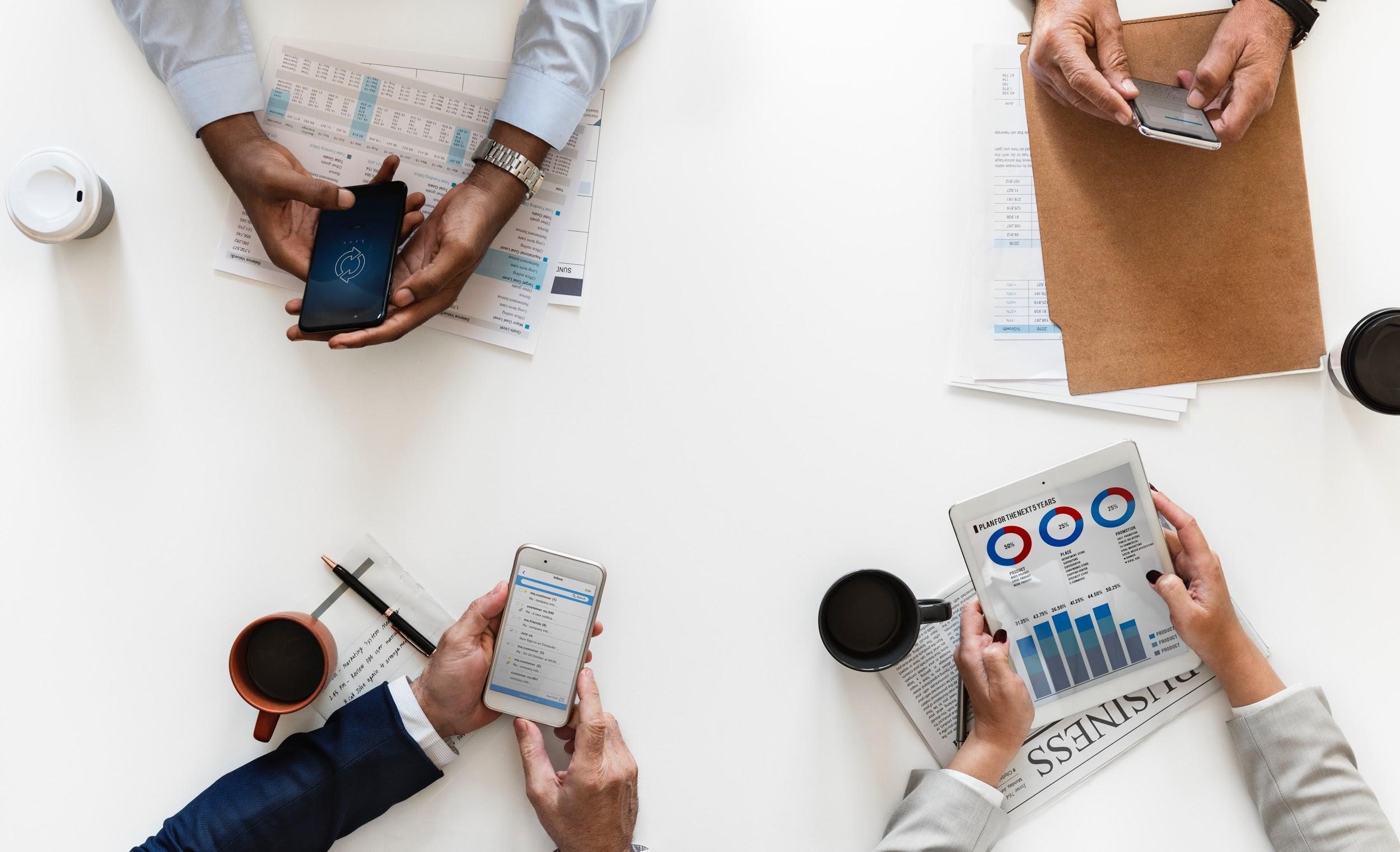


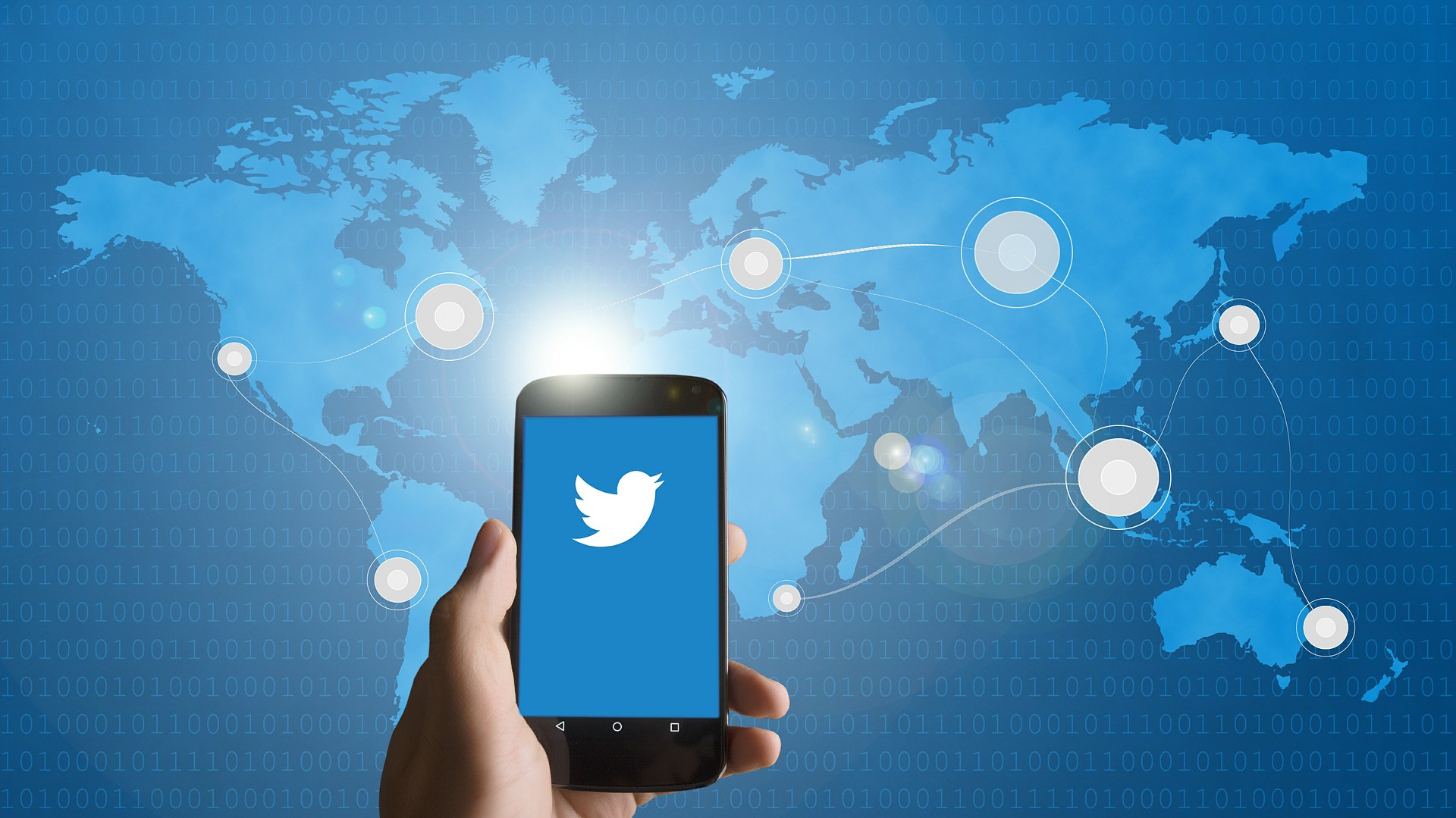

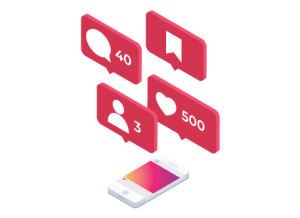 Social Media Monitoring
Social Media Monitoring